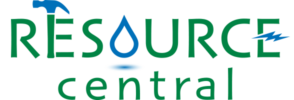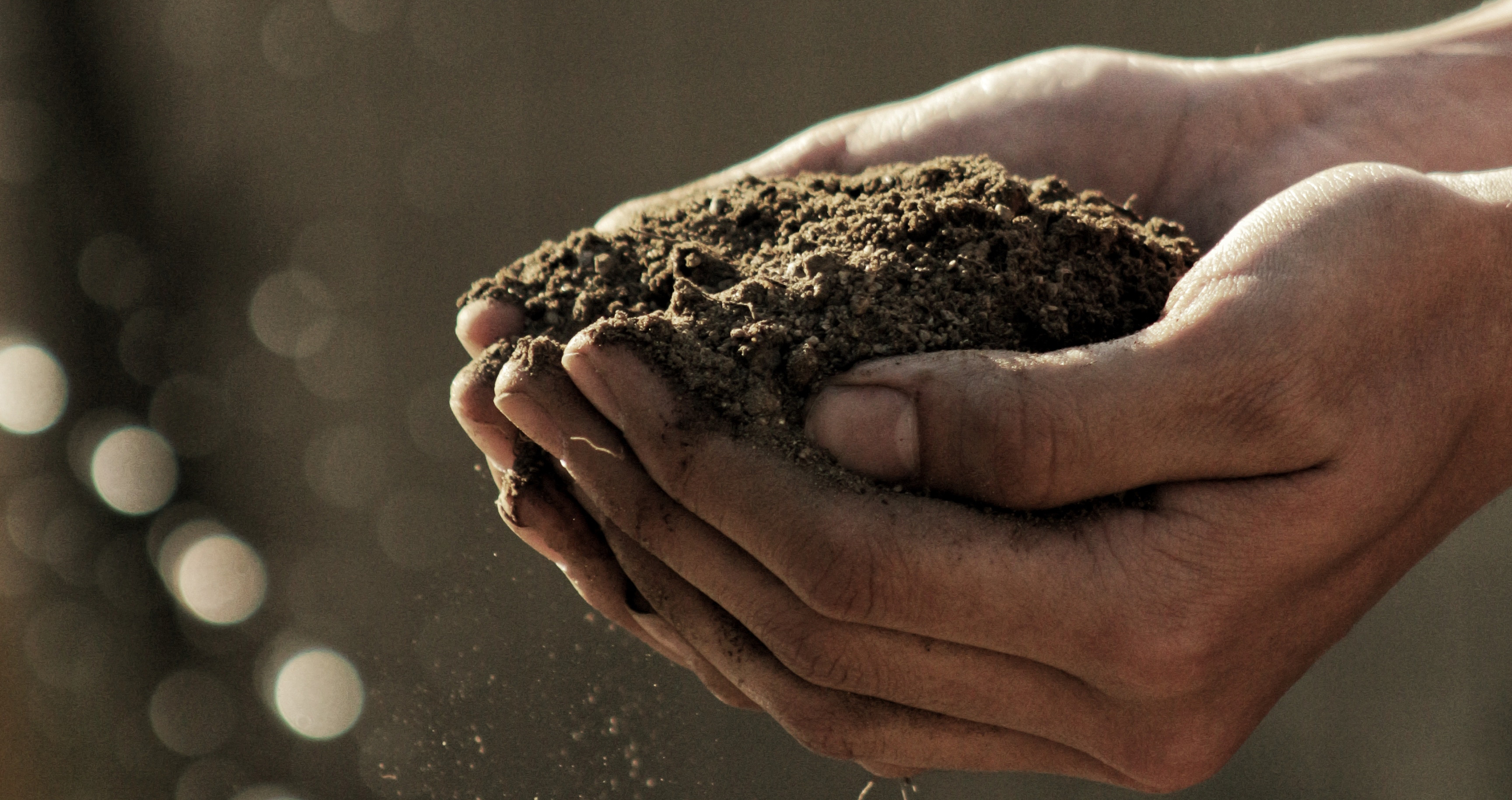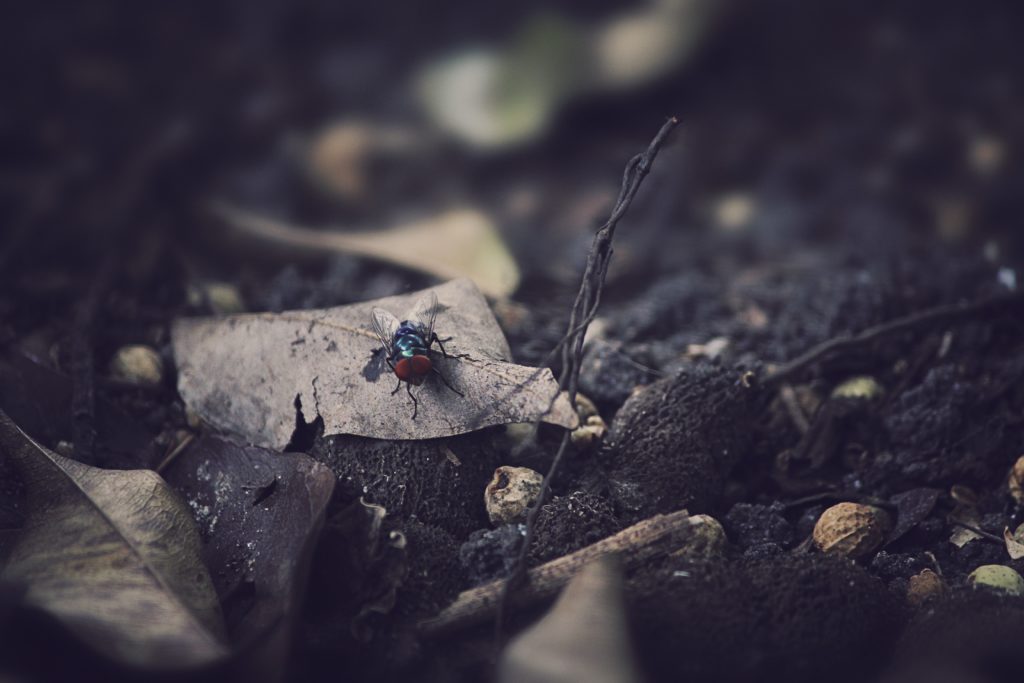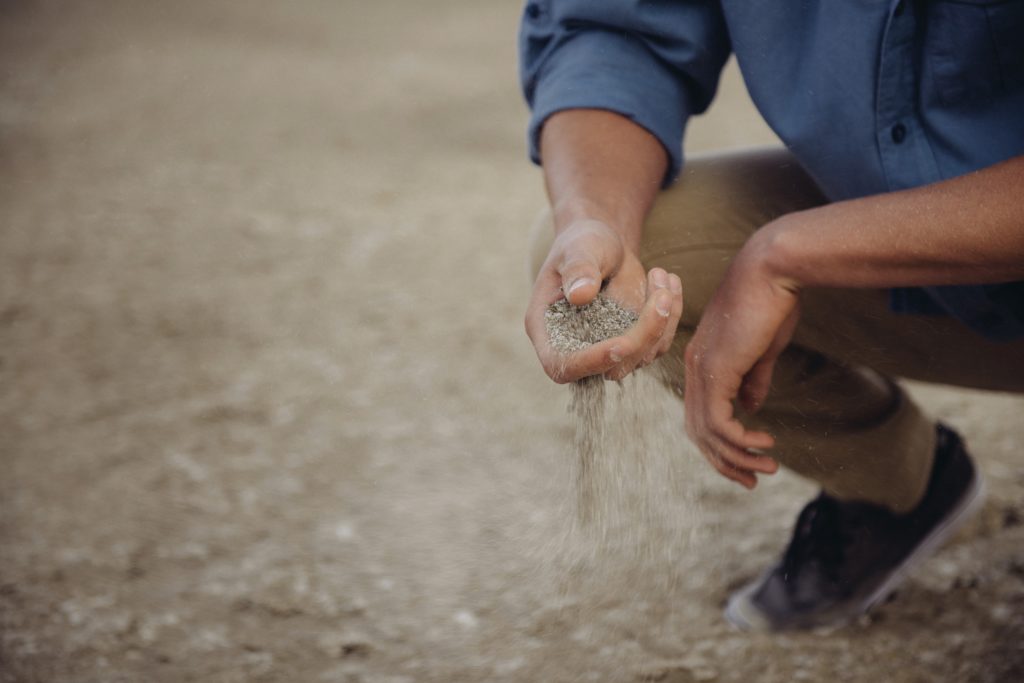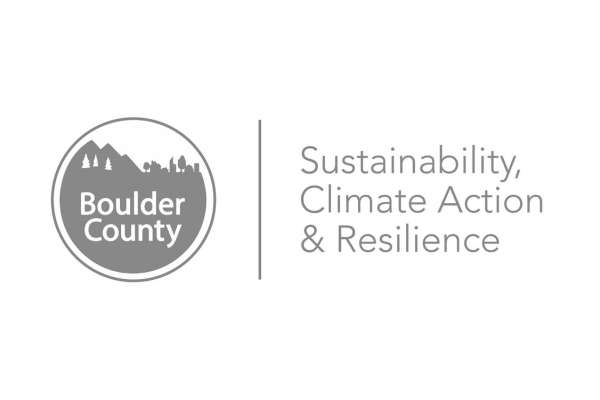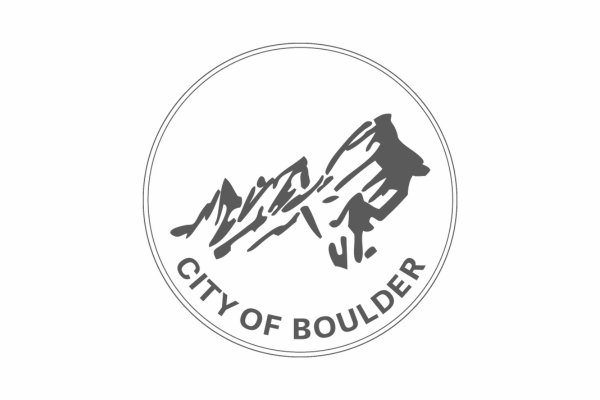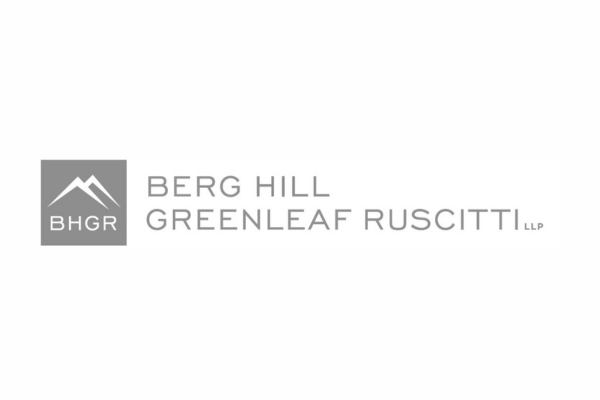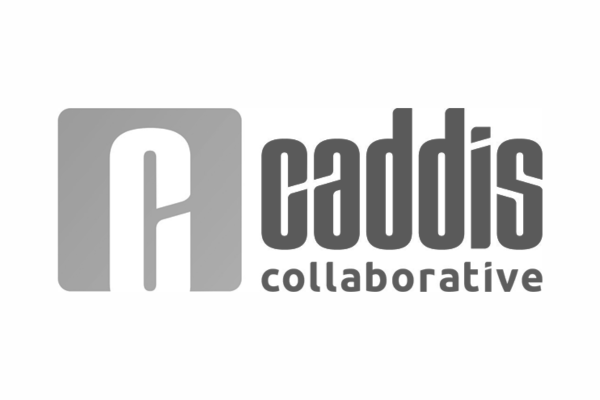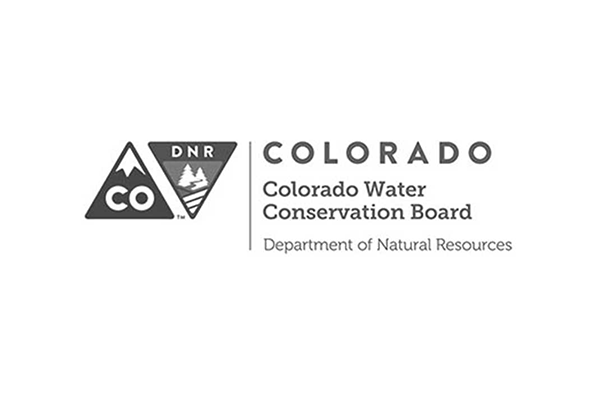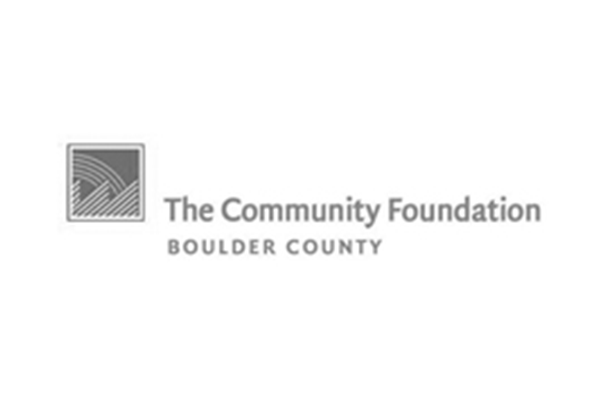Q: Amending my soil feels daunting. What should I consider when thinking about it?
A: A soil amendment is any material added to the soil (as opposed to mulch, which is applied on top of the soil) to improve its composition and fertility. The soil in much of the Colorado Front Range is clay and alkaline. While many native or non-native adapted plants will grow well in our soil, adding some amendments to this soil can increase its permeability to improve aeration, drainage and rooting depth, ultimately improving the plants’ growth.
SOIL COMPOSITION
The best garden soils are about 50% solids (sand, silt, clay, plus organic material), 25% water, and 25% air. Much of Colorado’s soil is clay; it also tends to be slightly alkaline and low in organic matter which makes it less porous. Walking on the soil, leaving it exposed to the elements, or working on it when it’s too wet all degrade its composition.
SOIL FERTILITY
Fertile soil is the foundation of a good garden. Soil and the biological life that lives there provide storage for plant nutrients. Soils change as plants utilize the available nutrients and rains deplete them. Some aspects of soil fertility:
Tilth – the physical condition of the soil related to its suitability for plant growth (presence or absence of clumps, water channels, and aeration).
Water holding capacity – ideally well-drained but holding adequate water. Clay soil tends to hold onto water for a longer duration while sandy soils drain water quickly.
Nutrient holding capacity – ability to retain needed minerals. Clay soils typically have higher ratings, but do have other drawbacks.
Organic matter, ideally 3-4% – important to biological activity and affects the other three aspects too.
SOIL AMENDMENTS
Amending soil aims to address the above aspects of soil fertility. The first time you’ll amend your soil is before planting your garden by mixing material in to the first few inches of existing soil. Other methods to condition your soil include regular (or annual) applications of organic material, cover crops when appropriate, providing channels for water drainage, avoiding walking on garden soil, and applying mulch (either rock or wood mulch) to cover bare soil.
A soil test (see our earlier blog post, The Scoop on Soil Testing) will include recommendations for correcting problematic properties including nutrients, texture, water retention, pH (acidity or alkalinity). Soil amendments are frequently part of those recommendations.
There are two types of soil amendments: organic and inorganic. Organic amendments come from something that was once alive; they include sphagnum peat, grass clippings, dead leaves, compost, manure, biosolids, and sawdust. Organic amendments create larger pore space by forming larger chunks of aggregates of the small clay soil particles. This allows for better oxygenation for root growth and makes it physically easier for roots to penetrate the soil; improve water infiltration; provide homes for earthworms and microorganisms; and some even provide plant nutrients.
Inorganic are either mined or man-made; they include vermiculite, perlite, small gravel or rocks (aka squeegee). Adding squeegee as a soil amendment is a great way to increase drainage in our clay soil for native and other low-water plants, without adding additional organic material. See more about Denver Botanic Gardens & Plant Select’s recommendations for other Western Best Practices in sustainable landscaping.
NOTE ABOUT GARDEN IN A BOX PLANTS
Many of the plants found our Garden In A Box kits are native to the Front Range (which is noted on each of the Plant Info Sheets found on the Garden Store), and others are non-native adapted meaning they prefer soil similar to our Colorado clay-like soil and climate. Because of this, adding a lot of organic material is not necessary for these plants and in some cases they can be harmed by too much organic matter. Amending with small amounts of organic material or inorganic options are likely best for this reason!
THINGS TO CONSIDER WHEN DECIDING ON AMENDMENTS:
– To work properly amendments must be thoroughly mixed into the soil.
– Don’t use uncomposted wood (wood mulch) products; they interfere with soil conditioning.
– Don’t add sand to clay soil – leads to concrete-like soil structure.
– Expanded Shale, an inorganic fertilizer mined in Golden, CO; can improve alkaline clay-based soil – adds aeration and space for roots and microorganisms; also a pest (rodent) deterrent and attracts beneficial organisms such as earthworms.
– On sandy soil, you might consider some worm castings.
– For quick and long-lasting results, use a combination of materials.
– Manure, while it is readily available, use it with caution. It’s often high in salts, which can build up in soil and become toxic to plants. Unaged manure can be harmful to plants – so always seek aged manure which will have little to no foul smell. Certainly, don’t use fresh manure on food producing plants.
– Plant-based composts are preferred because they low in salts.
– Sphagnum Peat vs. Mountain Peat – sphagnum peat is an excellent amendment and semi-renewable; mountain peat is not as effective and is renewable only over hundreds of years, if ever.
– There is much controversy over biosolids; CSU advises avoiding their use in vegetable gardens.
– Compost Tea – Biologically active compost steeped in water. All of the benefits of compost plus it can be sprayed on the leaves to suppress foliar diseases. This method also increases nutrient availability.
HOW TO APPLY SOLID AMENDMENTS
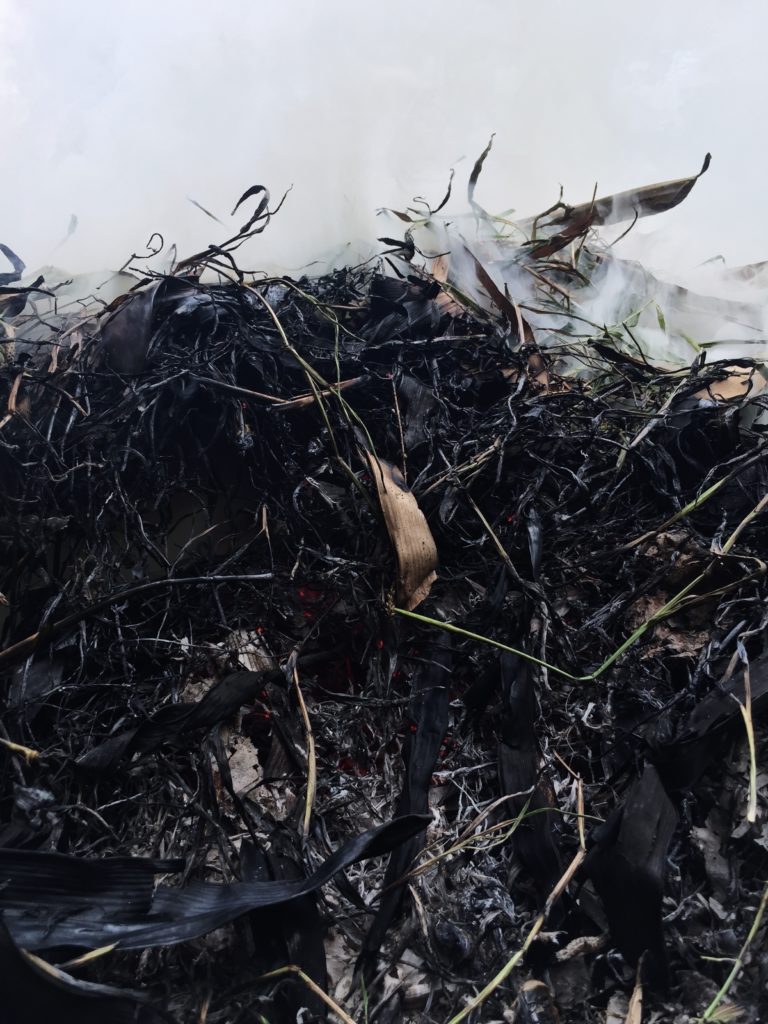 – Spread a 2-inch layer of amendment over the site
– Spread a 2-inch layer of amendment over the site
– Mix it thoroughly into the soil to a depth of about 6-8 inches
– In a new garden, use a shovel to thoroughly mix it with the soil
– In an established garden, rock a garden fork or pitchfork back and forth to work amendment into the soil with as little damage to plant roots as possible
 Contributed by Jean Lovell, long-time Resource Central volunteer and former master gardener, who helped answer your gardening questions. Although Miss Jean has retired from her volunteer role, we (Garden In A Box experts and low-water landscape enthusiasts) are here to help answer your questions.
Contributed by Jean Lovell, long-time Resource Central volunteer and former master gardener, who helped answer your gardening questions. Although Miss Jean has retired from her volunteer role, we (Garden In A Box experts and low-water landscape enthusiasts) are here to help answer your questions.
Please don’t hesitate to reach out to us at: GardenInfo@ResourceCentral.org or (303) 999-3820 x222.
